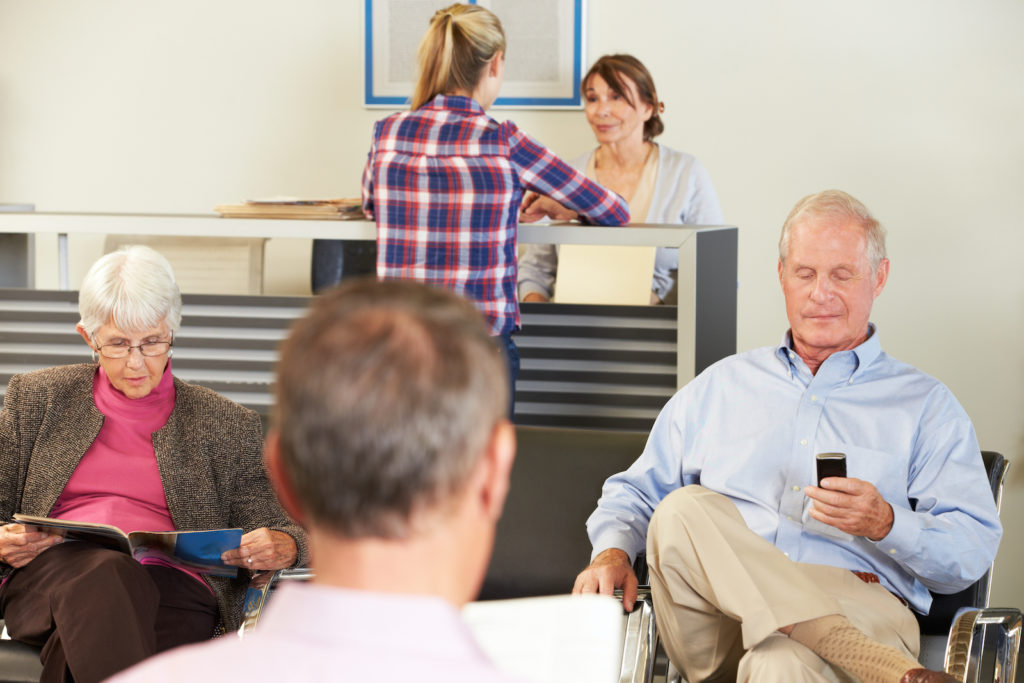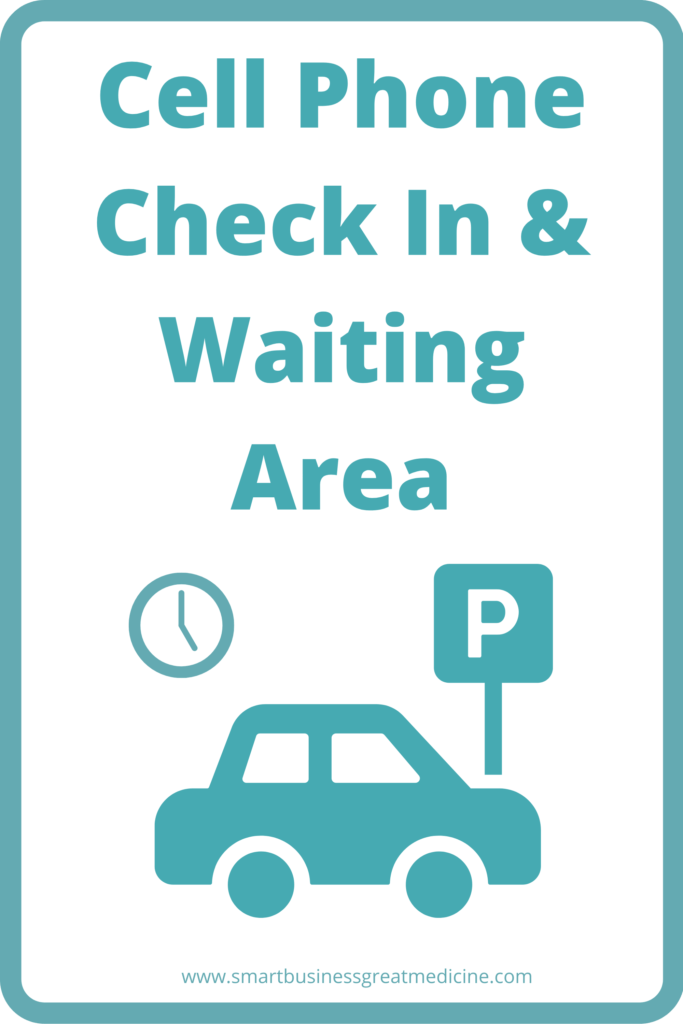
Coping with COVID-19
Life always seems to come at us fast. With the coronavirus pandemic, changes are occurring on a minute-by-minute basis. If we are not able to adapt, we will get left behind. Or worse.
Managing patients and your medical practice during COVID-19 has been enormously challenging for everyone. Our patients look to us not only for their health care. They need guidance. The advice from the CDC to wash hands frequently, cover the nose and mouth with tissue or elbow when coughing and sneezing, and to limit social contact is certainly sound. This is good general advice.
According to the CDC’s “Steps Healthcare Facilities Can Take Now to Prepare for Coronavirus Disease 2019 (COVID-19) ”,
Be prepared:
- Stay informed about your local COVID-19 situation. Know where to turn for reliable, up-to-date information in your local community. Monitor the CDC COVID-19 website and your state and local health department (See state-by-state list here) for the latest information.
- Develop, or review, your facility’s emergency plan. A COVID-19 outbreak in your community could lead to staff absenteeism. Prepare alternative staffing plans to ensure as many of your facility’s staff are available as possible. If you need to develop a plan, use our free Business Continuity Plan.
- Establish relationships with key health care and public health partners in your community. Make sure you know about health care and public health emergency planning and response activities in your community. Learn about plans to manage patients, accept transfers, and share supplies. Review any memoranda of understanding (MOUs) with affiliates, your healthcare coalition, and other partners to provide support or assistance during emergencies.
- Create an emergency contact list. Develop and continuously update emergency contact lists for key partners. Ensure the lists are accessible in key locations in your facility. For example, know how to reach your local or state health department in an emergency.
Communicate with staff and patients:
- Communicate about COVID-19 with your staff. Share information about what is currently known about COVID-19, the potential for surge, and your facility’s preparedness plans.
- Communicate about COVID-19 with your patients. Provide updates about changes to your policies regarding appointments, providing nonurgent patient care by telephone, and visitors. Consider using your facility’s website or social media pages to share updates.
Protect and educate your workforce:
- Screen patients and visitors for symptoms of acute respiratory illness (eg, fever, cough, difficulty breathing) before they enter your health care facility. Keep up to date on the recommendations for preventing the spread of COVID-19 on CDC’s website.
- Ensure proper use of personal protection equipment (PPE). Health care personnel who come into close contact with confirmed or possible patients with COVID-19 should wear the appropriate personal protective equipment.
- Conduct an inventory of available PPE. Consider conducting an inventory of available PPE supplies. Explore strategies to optimize PPE supplies.
- Encourage sick employees to stay home. Personnel who develop respiratory symptoms (eg, cough, shortness of breath) should be instructed not to report to work. Ensure that your sick leave policies are flexible and consistent with public health guidance and that employees are aware of these policies.
Protect and educate your patients:
- Stay up-to-date on the best ways to manage patients with COVID-19.
- Separate patients with respiratory symptoms so they are not waiting among other patients seeking care. Identify a separate, well-ventilated space that allows waiting patients and visitors to be separated.
- Consider strategies to prevent patients who can be cared for at home from coming to your facility potentially exposing themselves or others to germs, including:
- Using your telephone system to deliver messages to incoming callers about when to seek medical care at your facility, when to seek emergency care, and where to go for information about caring for a person with COVID-19 at home.
- Adjusting your hours of operation to include telephone triage and follow-up of patients during a community outbreak.
- Leveraging telemedicine technologies and self-assessment tools.
Specific Steps
These steps are a reasonable start. The specifics of what changes to make in a specific practice and how to institute those changes are far less clear. How do we adapt our entire way of practicing to limit risks but still provide superior patient care? What are the specific steps?
An initial list follows below. Share yours. The physicians, nurses, and practice administrators are on the front lines and our shared knowledge and ideas are certainly superior to lone voices, no matter how wise. Furthermore, the general guidelines will be exactly that. There are certain to be numerous things particular to a given specialty or demographic. We must pool our ideas and suggestions.
The processes must be divided into the various components of your practice with obvious overlap. Don’t create rules for one section to the detriment of others—that is, unless you must.
Scheduling (a vital but always challenging area of the practice)
We have started sending the following message to patients with appointments via text or email.
“Due to concerns regarding coronavirus and recommendations from the CDC, we are asking anyone who has had a fever in the last 24 hours or any respiratory symptoms to please call and reschedule your appointment. If you are symptom-free and plan to attend your appointment, we will only allow the patient to enter the office for their visit. If the patient must have someone accompany them because of mobility or memory issues, we are allowing only 1 visitor with the patient, no exceptions.”
When possible, transition the patient to a telemedicine visit for follow-up care. This will limit exposure for the patient and the staff. It will also help decrease the number of staff needed at the office at any particular time.
If a face-to-face visit is needed, the patient must be educated about the new check-in procedures outlined below.
If a patient is sick, the visit should be rescheduled at no charge (no show fee).
Scheduling (a vital but always challenging area of the practice)
Check-In
We are implementing phone check-in and in-car waiting for those patients who need to be seen in clinic. The patient should call upon arrival to the parking lot. The staff confirms that the preappointment paperwork is complete. If not, the patient is sent a link to the EHR portal to complete it in the comfort and safety of their vehicle. The medication and triage questions can be asked over the phone to further limit in-clinic time. The patient can wait in this virtual waiting room until they are sent a text or called to come inside to be seen. Below is a sign you can use for your office.

Each patient and family member (when present) should be screened for fever, respiratory symptoms, and travel history. A sign to this effect should be placed at the entrance of the building and at the entrance to the waiting room.
Patients should come to appointments alone. If the patient has a cognitive disorder or disability requiring assistance, then only one caregiver will be allowed to accompany the patient. All patients must be advised of these policies prior to the appointment, preferably at the time of their reminder.
General clinic and operations considerations
Avoid congregations of staff in a small room. Keep staff workspaces at least 6 feet apart when possible. If people are sharing a workstation wipe it down before and after each individual’s use with disinfectant wipes.
Stagger work schedules to reduce the number of people in the office at the same time—especially for staff who do not deal directly with patients.
Cancel meetings with pharmaceutical and device representatives, in-person speakers, and group meals.
Evolution and improvement in clinical flow in the age of social distancing
This situation is unprecedented in modern healthcare. The changes are tectonic and will likely get worse. At the same time, this will create new methods and solutions. The system is rife with old problems that need fixing. Now we are assailed by a whole new array of issues. Let’s get to work solving them.
Follow us on Twitter, Facebook, and LinkedIn to join the conversation about leading and growing your practice.



Zealishus
Managing Patients And Your Medical Practice During COVID-19